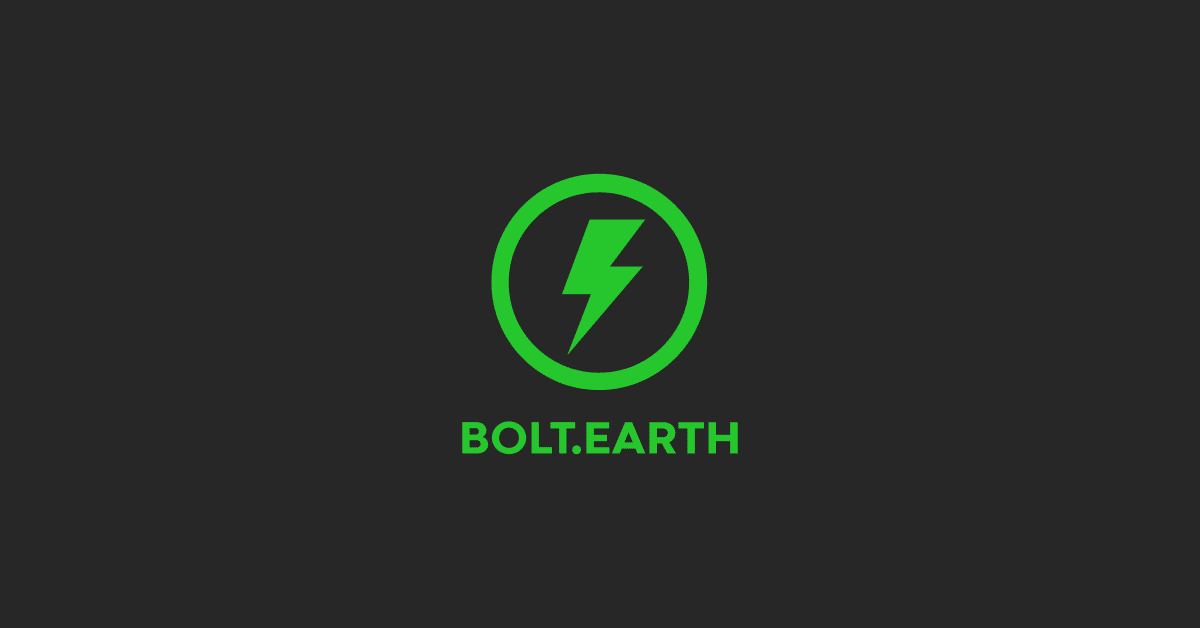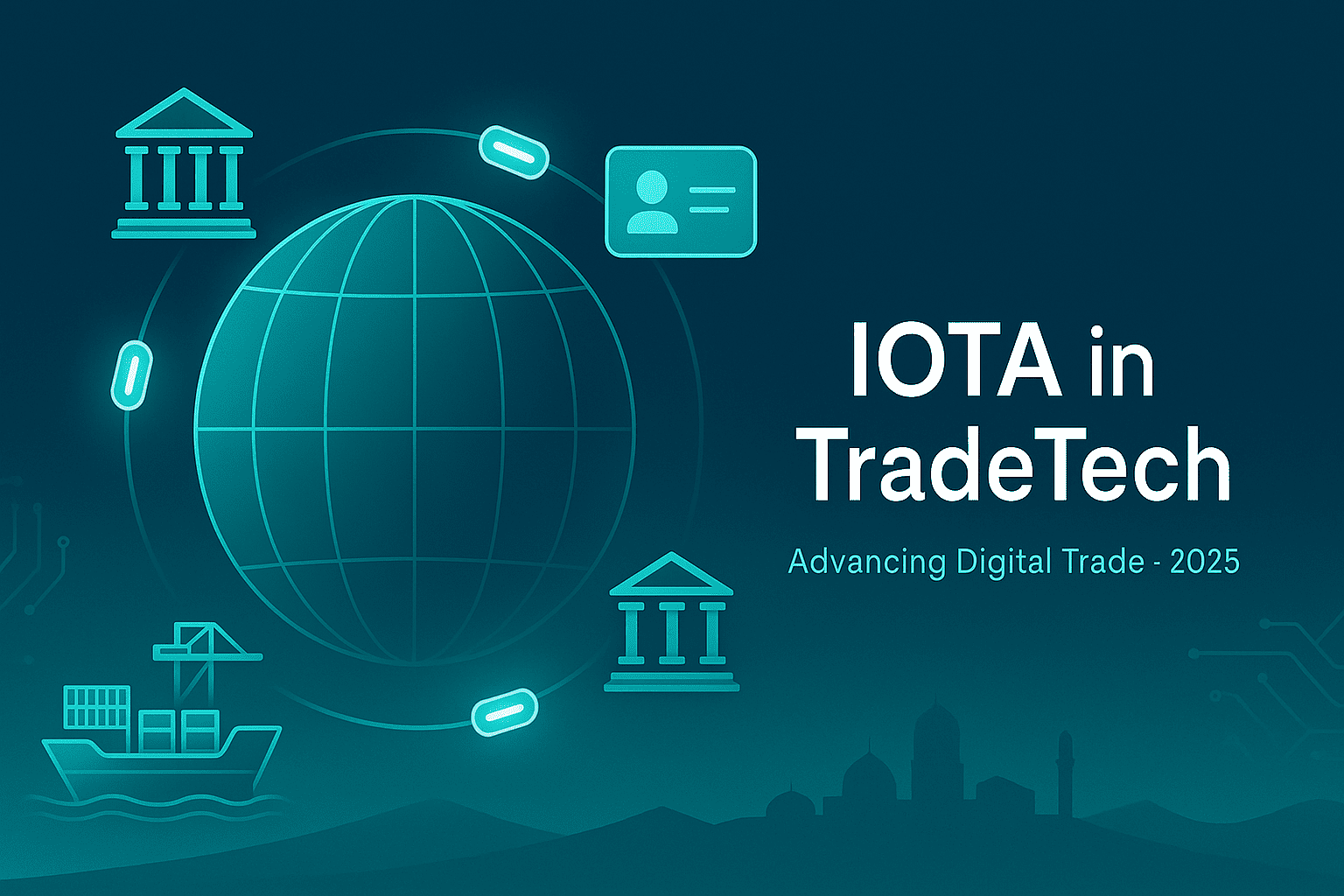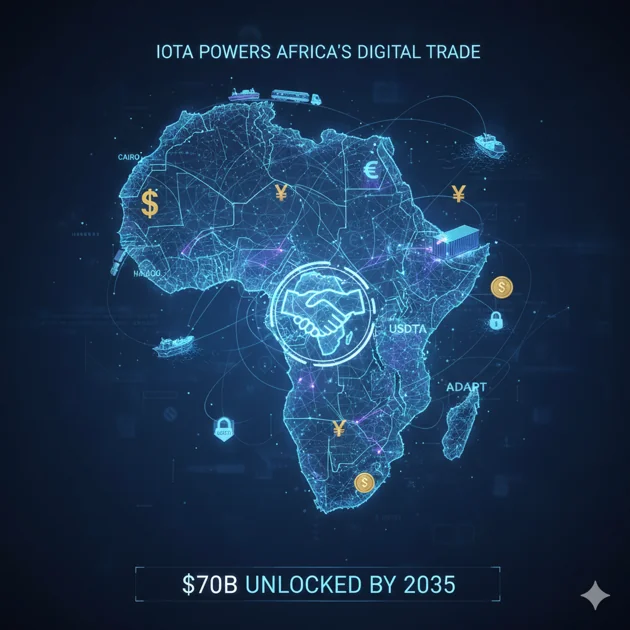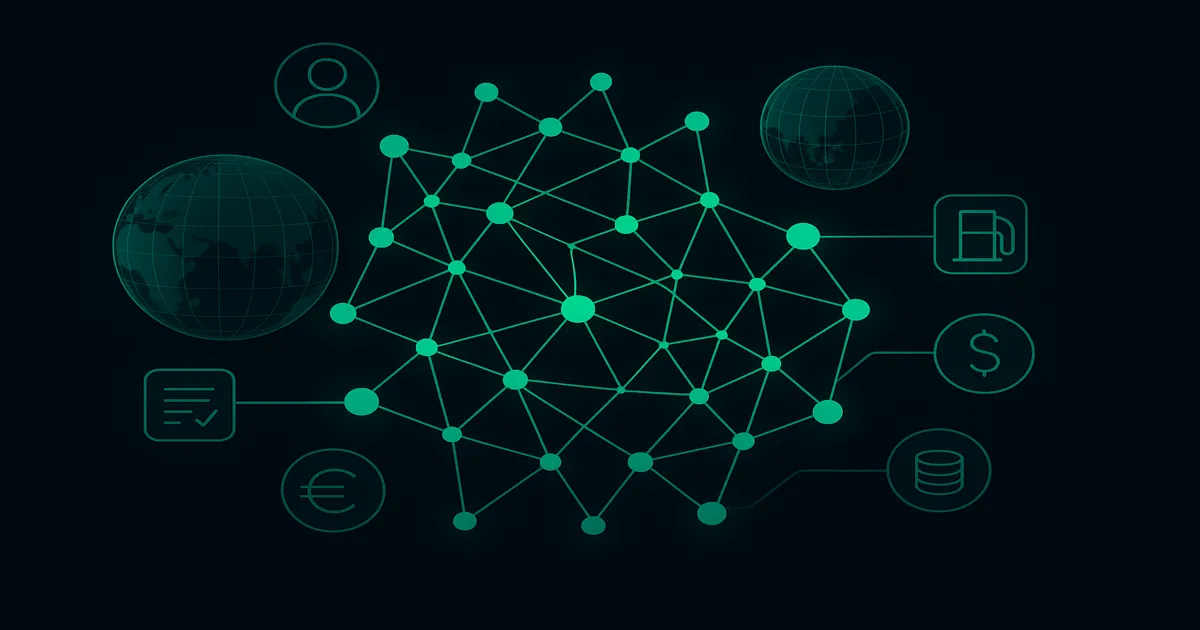IOTA and Bolt.Earth: Tokenizing EV Charging Stations on the Rebased Testnet
IOTA Rebased MoveVM enables tokenized EV charging stations. How Bolt.Earth's network and the IOTA testnet could bring RealFi to energy infrastructure.

IOTA's Rebased Testnet and the MoveVM Revolution
IOTA is undergoing a major protocol overhaul called IOTA Rebased. The upgrade replaces the old UTXO ledger with an object-based model powered by the Move Virtual Machine (MoveVM) and introduces smart contracts at the base layer. A public testnet is already live, complete with a browser wallet, explorer, and developer tools. The change will enable complex on-chain applications, including tokenization of real-world assets, and lays the foundation for RealFi, where physical infrastructure and financial products converge.
Bolt.Earth: India's Largest EV Charging Network
To understand the significance of the recent testnet activity, it helps to know the partner involved. Bolt.Earth operates India's largest electric-vehicle charging network. According to the company's own literature, Bolt.Earth has deployed over 100,000 chargers across more than 1,800 cities, serving around 308,000 active users. Its network operates on a peer-to-peer model supporting two-, three-, and four-wheel EVs. Market research cited by Bolt.Earth notes that the company holds an estimated 63% share of India's public charging infrastructure, far ahead of competitors such as Tata Power. These figures underscore Bolt.Earth's dominance and make it an ideal candidate for tokenization pilots.
Tokenizing EV Charging Stations
On 26 October 2025, blockchain enthusiasts on social media noted that smart-contract addresses on the IOTA Rebased testnet referenced four real locations: Eco Majestic in Semenyih, Malaysia; Mount Austin in Johor Bahru, Malaysia; Majestic Labs in Malaysia's Klang Valley; and Nottingham in the United Kingdom. Although the IOTA Foundation has not yet published an official announcement, these objects appear to represent tokenized EV charging stations. Each object is associated with metadata suggesting fractional ownership via non-fungible tokens (NFTs) and income rights. The experiment marks an early proof-of-concept for RealFi, demonstrating how physical infrastructure can be represented and traded on a decentralized ledger.
Why Tokenization Matters
Tokenizing EV chargers could unlock new financing models for clean-energy infrastructure. Instead of requiring centralized capital expenditure, chargers can be collectively owned by investors who purchase fractions of the asset. Revenue from charging sessions is then distributed to token holders. This model lowers the barrier to deployment and allows communities to fund and benefit from essential infrastructure. Combined with Bolt.Earth's host-sponsored model, tokenization could accelerate the rollout of charging stations across private and semi-public spaces.
The Role of MoveVM and the Rebased Testnet
The MoveVM's resource-oriented architecture makes it well suited for asset tokenization. It enforces strict ownership semantics and enables the creation of custom asset types with built-in transfer logic. On the Rebased testnet, developers can deploy smart contracts that mint NFTs representing charging stations, assign revenue-sharing rules, and control governance. The public testnet's wallet and explorer allow investors to view objects and track transaction histories.
Potential Impact and Next Steps
RealFi extends the decentralized finance (DeFi) ethos beyond purely digital tokens into tangible infrastructure. By partnering with Bolt.Earth, IOTA is positioning itself at the intersection of digital assets, clean energy, and mobility. The trial across Malaysia and the UK hints at a global strategy: Malaysia has introduced a "Green Asset Tokenization" framework to encourage private investment in sustainable infrastructure, while Singapore offers regulatory sandboxes for real-world asset pilots. The UK location suggests an eventual expansion into Europe.
However, the initiative remains in an experimental phase. Without an official statement from the IOTA Foundation or Bolt.Earth, participants should treat the on-chain records as a demonstration rather than a commercial offering. Future announcements are expected to detail governance structures, revenue distribution, and investor protections.
Conclusion
IOTA's Rebased upgrade aims to make the network programmable and ready for real-world assets. Bolt.Earth's dominance in India's EV charging market and its 63% share of public infrastructure provide the scale needed to showcase RealFi at industrial levels. Early testnet deployments of tokenized charging stations in Malaysia and the UK indicate that IOTA is already experimenting with this vision. As the protocol matures and regulatory clarity emerges, tokenized EV infrastructure could become one of the first mass-market applications of decentralized ownership.
Tagged with:
Written by IOTA Staking Team
Expert in IOTA staking, blockchain technology, and DeFi strategies. Providing actionable insights to help you maximize your staking rewards.
Related Articles

WEF whitepaper spotlights IOTA as core TradeTech infra
The World Economic Forum's 2025 TradeTech report features IOTA in a multi-page case study on tokenized trade data and decentralized identity.

IOTA Powers Africa's $70B Digital Trade Revolution
IOTA is building digital infrastructure for AfCFTA using stablecoins and decentralized identities to unlock $70B in intra-African trade by 2035.

IOTA trust framework and stablecoins spark staking hype
IOTA's new trust framework, stablecoin tests on Testnet, and global hackathons are setting up fresh opportunities for IOTA stakers.
